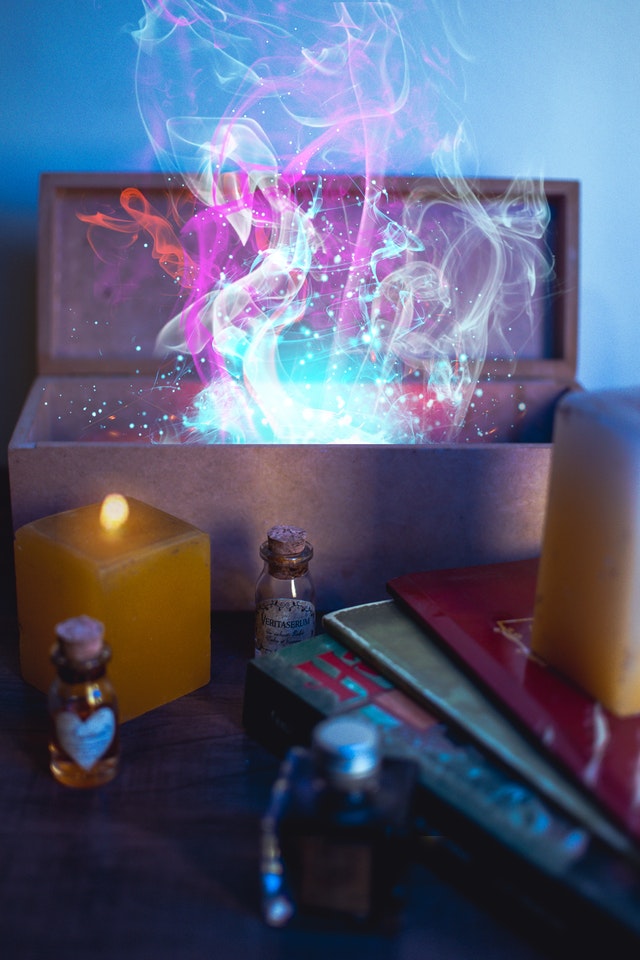Walking on the Moon – An Analysis & Summary
The essay, “Walking on the Moon” gives a vivid description of David Scott’s experiences on the moon. He was one of the three astronauts who piloted the CSM Endeavor in the Apollo-15 mission to the moon. They entered the lunar orbit on July 29, 1971, in Apollo-15 mission to the moon. It was the first extended expedition to the moon. They explored the moon surface for 18 hours 36 minutes to collect some 78.6 kgs of soil and rock samples.
Their spaceship completed 12 rounds in the lunar orbit around the earth. Each circuit took two hours. The light reflected by the earth illuminated the moon. They saw the starry sky above and the beautiful, colorful earth below. The moonscape stretched into vast distances. Everything on it was the colour of milk chocolate. They landed on the bright side of the moon. In sunlight, the mountains, plains and canyons looked bright. As the dust settled, they began their 67 hours stay on the moon. They were surprised to see the variety of land forms.
There was an 1,100 feet ridge to the south, a high summit to the east and hundred feet deep winding gorge to the west. The grandeur of these mountains overwhelmed them. As they descended on the surface of the moon, they felt some sense of freedom. The movement was not easy. Starting and stopping required exertion. Their weight suddenly decreased. They weighed only one-sixth of their original weight. They felt as they had stepped on an alien wasteland. As they walked, their boots sank gently into the dark grey moon dust. They saw a strange blend of colours. The grey surface below their feet turned golden. The rocks were of grey, black, white and green colour. There was perfect stillness. Neither the wind blew, nor the sounds echoed.
Only their shadows moved. The temperature was 150 degrees enough to cause one’s death. There were no trees or telephone poles to determine distances. Each of their expedition lasted seven hours. They had to dig and drill into the surface of the moon, gather rocks and soil and take photographs. The motion of their Rover resembled that of a small boat on a rough sea. After each expedition, they came back to their Lunar Module for two hours to relax. It had ample supply of water, food and oxygen for them.
On the completion of their mission, they felt a sense of pride and a deep concern for the fate of earth and human species. As a token of their mission, they left some equipment on the moon. They left a falcon feather and a clover. In the moon dust, the statue of a man wearing space suit was left. Beside it, they placed a metal plaque being the names of 14 Russian and American spacemen who laid their lives in space mission, and a copy of the Bible. Those things and their footsteps will make their mission immortal. Three days spent on the moon were the most memorable days of the writer’s life. Even today, looking at the moon arouses nostalgic feelings in him.
Wonders of David Scott (Experience)
Three American astronauts Jim Irwin, Scott and one more boarded Apollo-15 Spaceship Endeavour for an expedition to the moon for scientific experiments. Before landing on the moon, each circuit was completed in two hours, out of which for one hour they remained in darkness of the night and for the second hour in sunlight.
During these rojunds they saw strange, but fascinating sights. In darknes, the moon looked charming and in the light, it reflected by our earth. The mountains and craters were clearly seen. The stars were shining in the sky like icy fires. The far sides of the moon looked like a black arch. The sight of sunrise was highly attractive. They could see the rays of the sun penetrating into the horizon of the moon millions of miles away. Then the sun suddenly rose like the flash of lightning and within a second its light entered their spaceship and dazzled their eyes.
From Lunar Module
As their lunar module approached the surface of the moon, it raised much dust which almost blinded them. When the lunar module hit the surface and the dirt settled down, they threw the switch which changed their spacecraft into dwelling. They landed into the bright morning of a moon day. Then they were the only living souls on that silent sphere.
When they opened the top hatch of the spacecraft, they found everything on the moon in proper order. There were craters made by the fall of meteorites of years ago. When the writer looked into the black sky, he found the earth Mass clear ball—blue and white with seas and clouds – shining in the cold space. The earth was the only colourful planet in limitless space. The moon surface had a variety of landscapes. The horizon seemed only one and a half mile away. There was an 1,100 feet high ridge to the south, a high summit to the east and a hundred feet deep winding gorges to the west. A huge and grand mountain stood three miles above them. These mountains, ridges, and gorges gave the view of a grand and beautiful picture. They were never disturbed by wind and rain. Along the basis of these mountains was a dark line probably let by subsiding lava. They landed beside Mare Ithbrium, a huge plain that stretched across the moon for about 650 miles.
Feelings of Irwin and Scott
When astronauts descended on the surface of the moon, they felt a strange sense of freedom. Now they were free to move about, but the movement on the moon had its limitations. As the moon’s gravity is one-sixth of that of earth, their weight had been reduced to one of their earthly weight. They walked in a jumping motion. Walking and stepping on the moon required a lot of exertion. To stop, they had to thrust their body as if they were stepping into a wind, and to stop they had to sink their heels and lean backward. They could not move fast , but in a very slow motion. Therefore, if they fell, they were not hurt. Under these conditions, they had to use the oxygen with them. The writer enjoyed the one-sixth gravity of the moon more than the weightlessness of space. He was pleased with his walk on the moon, during which he had to go up and down.
Collection of Samples from Moon Surface
During their third expedition on the moon’s surface in the Rover, they came across different experiences. They explored the soil in different ways. Scott was emotionally excited to see the plains and mountains stretching around. The moonspace appeared a strange wasteland. The dark grey moon dust seemed something between coal dust and talcum powder. There was neither wind nor sound to disturb the calmness of atmosphere. Only their shadows moved. They could hear the sound of the machine that supplied oxygen to them and shielded from 150 degrees of temperature. There were no trees or telephone poles to determine distances. There were only craters to do so. Gradually, the moon appeared to them a friendly place. They dug and drilled into the surface, gathered rocks and soil and took a number of photographs. They rode in the rover from place to place and gathered pieces of history. They collected 78.6 kilograms of soil and rock samples from lunar land. (Extra Tip: The first man to walk on the moon was Neil Armstrong. )




